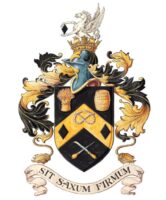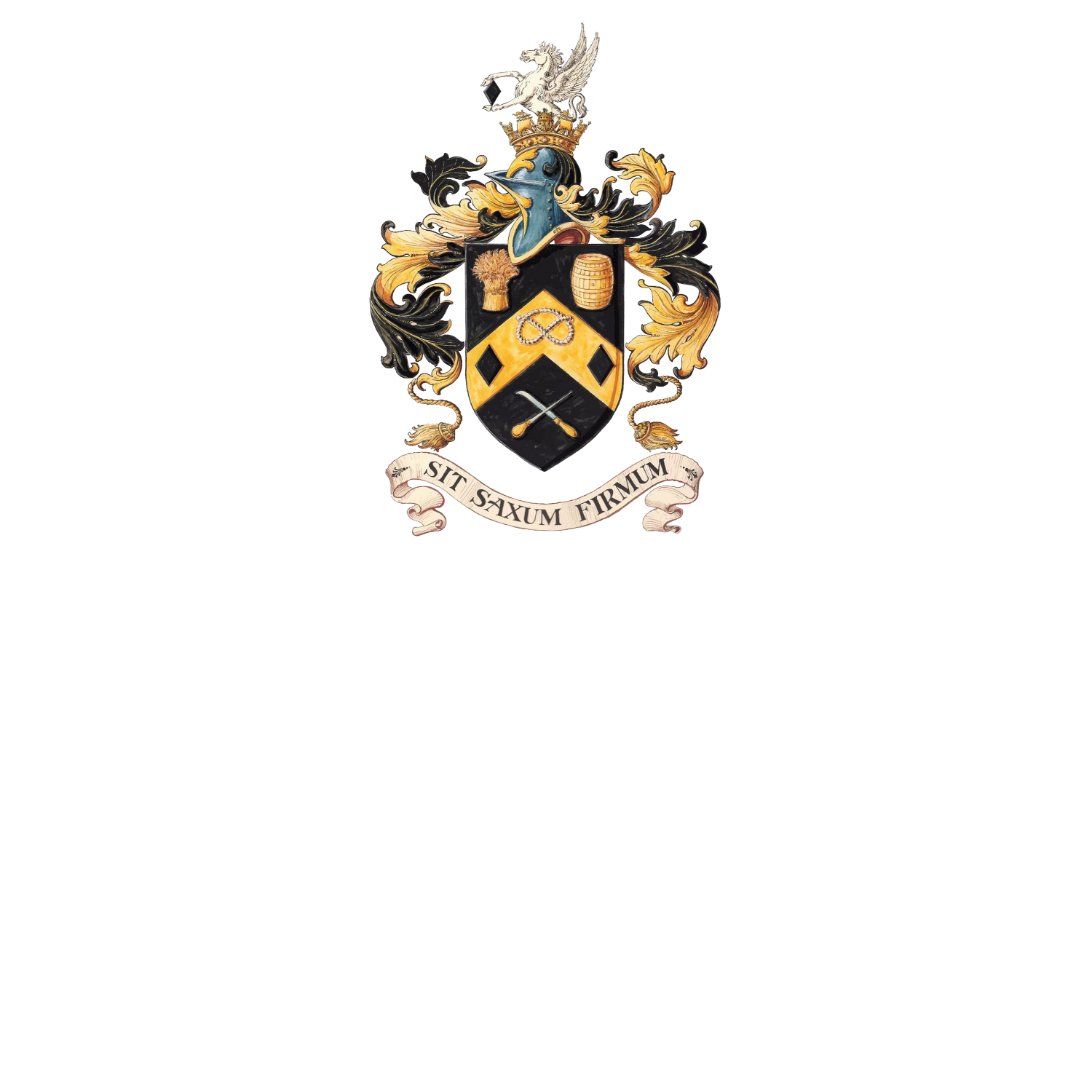History of Stone
The Origins of Stone
According to legend, Stone owes its origin to the murder of two Saxon Princes, Rufin and Wulfad.
Wulfhere, King of Mercia from 659 to 675 AD lived in a fortified hill fort (known as Wulfherecester) at Bury Bank, about two miles from Stone. Like his father Penda, Wulfhere was a pagan, but converted to Christianity on his marriage to Ermenilda, a daughter of the Royal and Christian house of Kent. However, he later reverted back to paganism and refused to allow his sons Wulfad and Rufin to be brought up in the Christian faith.
There are various versions telling of how the two Princes were converted to Christianity by St. Chad, one of which tells of how one day while out hunting they followed a white hart which led them to the Saint who was living as a hermit. St. Chad preached to the Princes and later baptised them.
One of the King’s noblemen, Werebode, informed the King that two Princes had defied him and become Christians. The King was so angry at their defiance that he swore he would kill his sons.
The two Princes managed to flee but the King rode after them and killed Rufin at Burston and Wulfad here at Stone.
The Queen had their bodies buried together on the spot where Wulfad had fell and in accordance with Saxon custom, a large cairn of stones were placed over the grave.
Wulfhere was later overcome with remorse and eventually visited St. Chad to seek absolution and in about 670 AD allowed the Queen to build a small priory on the site of the Princes grave. Around which a small village began to grow which was known as Stanes (Anglo-Saxon for stones) after the cairn of stones and over the centuries the name became Stone.
Rufin and Wulfad are depicted in two of the windows in St Michael and St Wulfad’s Church. There is an altar dedicated to the Stone Martyrs in the Roman Catholic Church and an interpretation of the legend is depicted on the railings at the top of the High Street.
Famous People
Famous people associated with Stone include Thomas Bakewell, a poet and a pioneer in the treatment of the mentally ill; John Jervis, Earl St Vincent the victor of the sea battle against the Spanish at the Cape of St Vincent in 1797; Peter de Wint the landscape artist who is traditionally believed to have been born in Stone on 21st January 1784; Rev Stebbing Shaw one of the first Staffordshire Historians who was born in the Town in 1762; Henry Fourdrinier who redeveloped the paper making machine which revolutionised the paper making industry in this country, and Richard (Stoney) Smith who was born at the Mill in Mill Street in 1836 (now a restaurant) developed the flour we now know as Hovis.
Cardinal John Henry Newman preached the sermon at the dedication of the nave of the Roman Catholic Church of the Immaculate Conception and St Dominic in Stone and he presented the procession lights to the Sister’s at the convent which are still in use today. William Bernard Ullathorne, first Roman Catholic Bishop of Birmingham is buried transept of the Catholic Church in Stone. It was through his drive, dedication and enthusiasm as Archbishop of Birmingham in the early days of the re-establishment of the Roman Catholic Hierarchy in England, that the new diocese of Birmingham flourished and Catholicism spread throughout the area. More recently, Olympic canoeist Lizzie Neave lived and trained in the Town.
Canal Town
The first meeting of the Grand Trunk Canal Company (later the Trent and Mersey Canal Company) was held in the Crown Inn, Stone on 10th June 1766. At this meeting James Brindley was appointed Surveyor-General, John Sparrow Clerk and Josiah Wedgwood Treasurer. In 1767 it was decided to locate the headquarters of the canal company in the Town. The arrival of the canal in Stone changed the Town, to quote from a contemporary source “from a sleepy market town into a busy inland sea port”.
The Coaching Era
Stone was on the main road from London to the northwest and at the height of the coaching era 38 coaches a day passed through the Town, stopping at several coaching inns, including The Crown in the High Street. The present Crown Hotel was designed by the famous architect Henry Holland and replaced a much earlier Crown Inn.
Town Crest
The Crest of Stone represents the present and former industries of the Town and County. The Wheatsheaf represents agriculture, the tun represents the brewing industry. The Chevron and the Stafford Knot are taken from the County Crest. The two black Lozenges represent that Stone lies between the former North and South Staffordshire coalfields. The shoemaker’s knife and awl represent the Town’s once famous boot and shoe industry. The Coat of Arms is surmounted the mantling and a demi Pegasus issuing from a Naval cornet taken from the arms of John Jervis, Earl St Vincent. The motto: Sit Saxum Firmum is Latin for Let the Stone be Firm.

